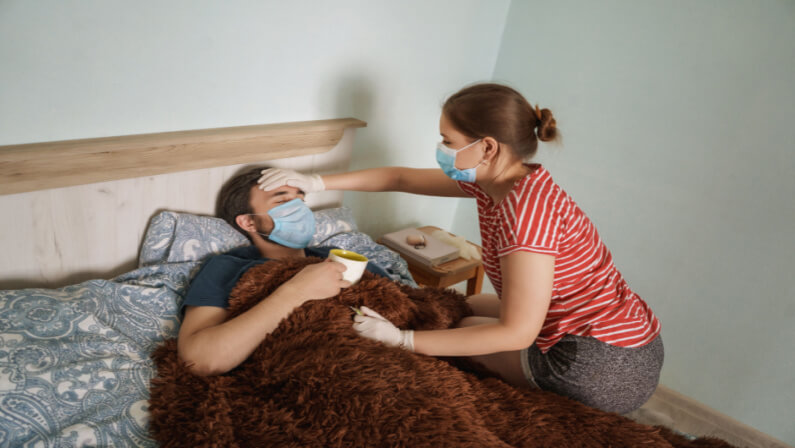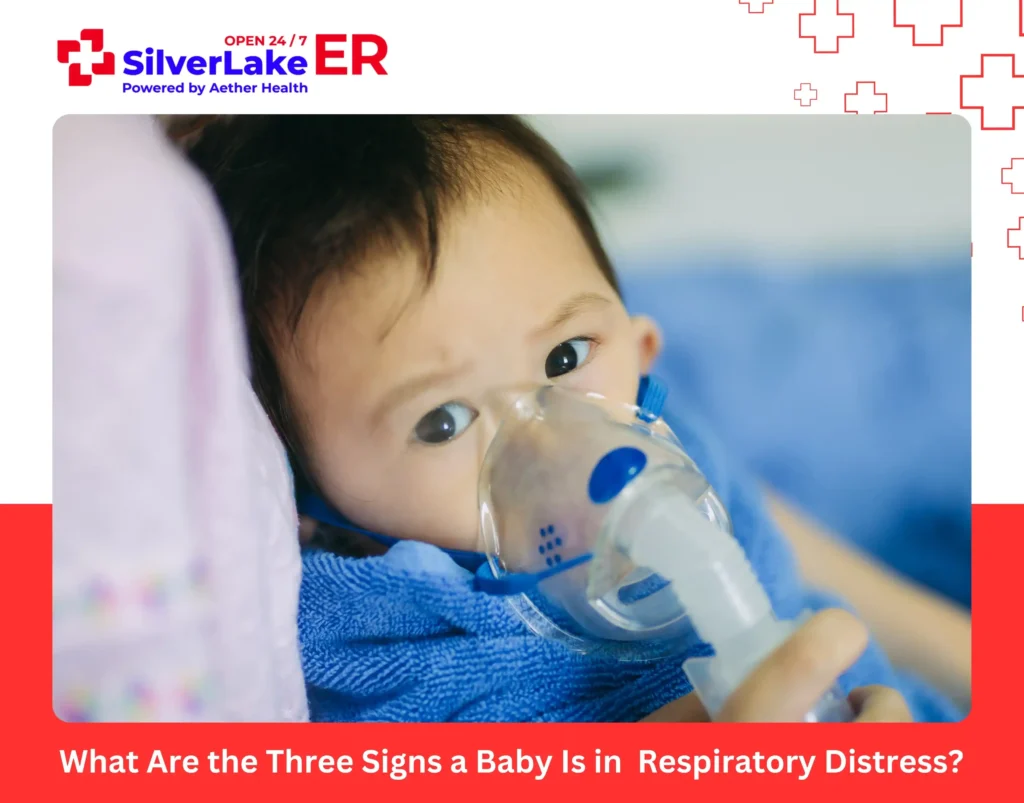Millions of individuals have been impacted by the COVID-19 epidemic, which has led to widespread illness and fatalities. Fever is one of the most prevalent signs of COVID-19 and is defined as a body temperature exceeding 100.4°F (38°C).
If COVID-19 has been identified as the source of your illness, you might be wondering how long your fever will last. Read along to know the answer.
What qualifies as a fever?
A fever is an increase in body temperature that exceeds the normal range, which is typically thought to be around 98.6°F (37°C) and is typically tested orally. It’s crucial to remember that this value can fluctuate significantly depending on things like age, gender, and time of day.
Typically, a fever is characterized by a body temperature of at least 100.4°F (38°C). This can be measured with a thermometer placed in the mouth, under the arm (axillary), in the ear (tympanic), or on the forehead (temporal).
What else could result in fever?
A fever can be a sign of numerous ailments, including:
- Infections: Many types of infections, such as the flu, pneumonia, and bacterial infections, can cause a fever. Some sexually transmitted infections (STIs) and viral infections can also result in a fever.
- Autoimmune disorders: Certain autoimmune disorders, such as lupus and rheumatoid arthritis, can cause fevers as a result of the body’s immune system attacking healthy cells.
- Cancer: Some cancers, such as leukemia, can cause fevers.
- Medications: Certain medications, such as antibiotics and some chemotherapy drugs, can cause a fever as a side effect.
- Inflammatory conditions: Inflammatory conditions, such as appendicitis and diverticulitis, can result in a fever.
- Environmental factors: Exposure to high temperatures, such as heat stroke, can cause a fever.
- Other conditions: Other conditions that can cause fever include dehydration, hormonal imbalances, and brain disorders, such as meningitis and encephalitis.
What is the COVID-19 fever range?

One of the most prevalent signs of COVID-19 is a fever, which is defined as a temperature of at least 100.4°F (38°C). It’s crucial to remember that COVID-19 can cause a wide range of temperatures, and some patients may not even experience a fever.
In people with COVID-19, fevers can range from mild to high, and the duration of the fever can also vary. Some people may have a fever for a few days, while others may experience a longer and more persistent fever.
Why is it crucial to check for fever during COVID-19?
Checking for fever is crucial during the COVID-19 pandemic for several reasons:
Fever is a common symptom of COVID-19.
It can be an early sign of a positive result. Checking for fever can help to identify people who may be infected with the virus and in need of further testing or quarantine measures.
Early detection is important for controlling the spread of the virus.
By checking for fever and other symptoms, healthcare providers and public health officials can identify cases of COVID-19 early on and take measures to prevent the spread of the virus to others.
Fever can indicate the severity of the illness.
The presence and duration of the fever can also provide information about the severity of the illness. For example, a high fever that lasts for several days may indicate a more severe case of COVID-19 and may warrant closer monitoring or hospitalization.
Fever can help guide treatment.
The presence and duration of fever can also help healthcare providers to determine the appropriate treatment for COVID-19. For example, people with a high fever or a fever that lasts for several days may require more intensive treatment, such as hospitalization and antiviral medications.
How should you take your temperature for the best results?
Use a digital thermometer to take your temperature. Taking an oral (by mouth) temperature is the most reliable way to establish whether an adult or child over the age of four has a fever.
And in order to take your temperature for the best results, it’s important to choose the right thermometer, avoid eating or drinking, take multiple readings, and follow the manufacturer’s instructions carefully.
If you are unsure about how to take your temperature accurately or if you have any concerns about the results, it’s best to proceed to the nearest ER in Pearland, Tx.
How frequently should you check your temperature for COVID-19?

It is a good idea to take your temperature once or twice a day if you are susceptible to COVID-19 due to potential exposure to the virus.
Additionally, the CDC advises that everyone be checked for fever and other COVID-19 symptoms before they enter a medical facility. As part of the screening, your temperature may be taken, or you may be asked if you have a fever.
During the COVID-19 epidemic, it is a good idea for anyone who works in the community to periodically check their temperature. This is crucial for any caregiver or worker who frequently interacts with vulnerable people, like the elderly or those with long-term illnesses.
How to treat a fever with COVID-19?
Treating a fever associated with COVID-19 may involve hydration, over-the-counter medications, rest, monitoring symptoms, and following isolation guidelines.
Monitor your symptoms, including your fever, and proceed to Aether Health – SilverLake ER in Pearland, Texas if your fever persists or if your symptoms worsen.
Does COVID-19 always come with a fever?
Not all people with COVID-19 experience a fever. In fact, many people with COVID-19 may have mild or no symptoms at all.
It’s important to note that the symptoms of COVID-19 can vary greatly from person to person, and not everyone will experience all of the common symptoms.
Managing Fever in the Era of COVID-19

In conclusion, COVID-19 does not always come with a fever, but it is one of the most common symptoms. The symptoms of COVID-19 can vary greatly from person to person, and not everyone will experience all of the symptoms listed above.
The best course of action is to head to Aether Health – SilverLake ER to get tested if you have any concerns about your symptoms or believe you may have been exposed to COVID-19.
References:
Ada’s Medical Knowledge Team. (n.d.). COVID-19 Fever Range. Ada.com. Retrieved February 13, 2023, from https://ada.com/covid/covid-19-fever-range/
Centers for Disease Control and Prevention. (n.d.). Symptoms of COVID-19. Centers for Disease Control and Prevention. Retrieved February 13, 2023, from https://www.cdc.gov/coronavirus/2019-ncov/symptoms-testing/symptoms.html
Vinetz, J., & Kandola, A. (Eds.). (n.d.). Covid-19 and fever: How common it is and what to do. Medical News Today. Retrieved February 13, 2023, from https://www.medicalnewstoday.com/articles/covid-19-and-fever




